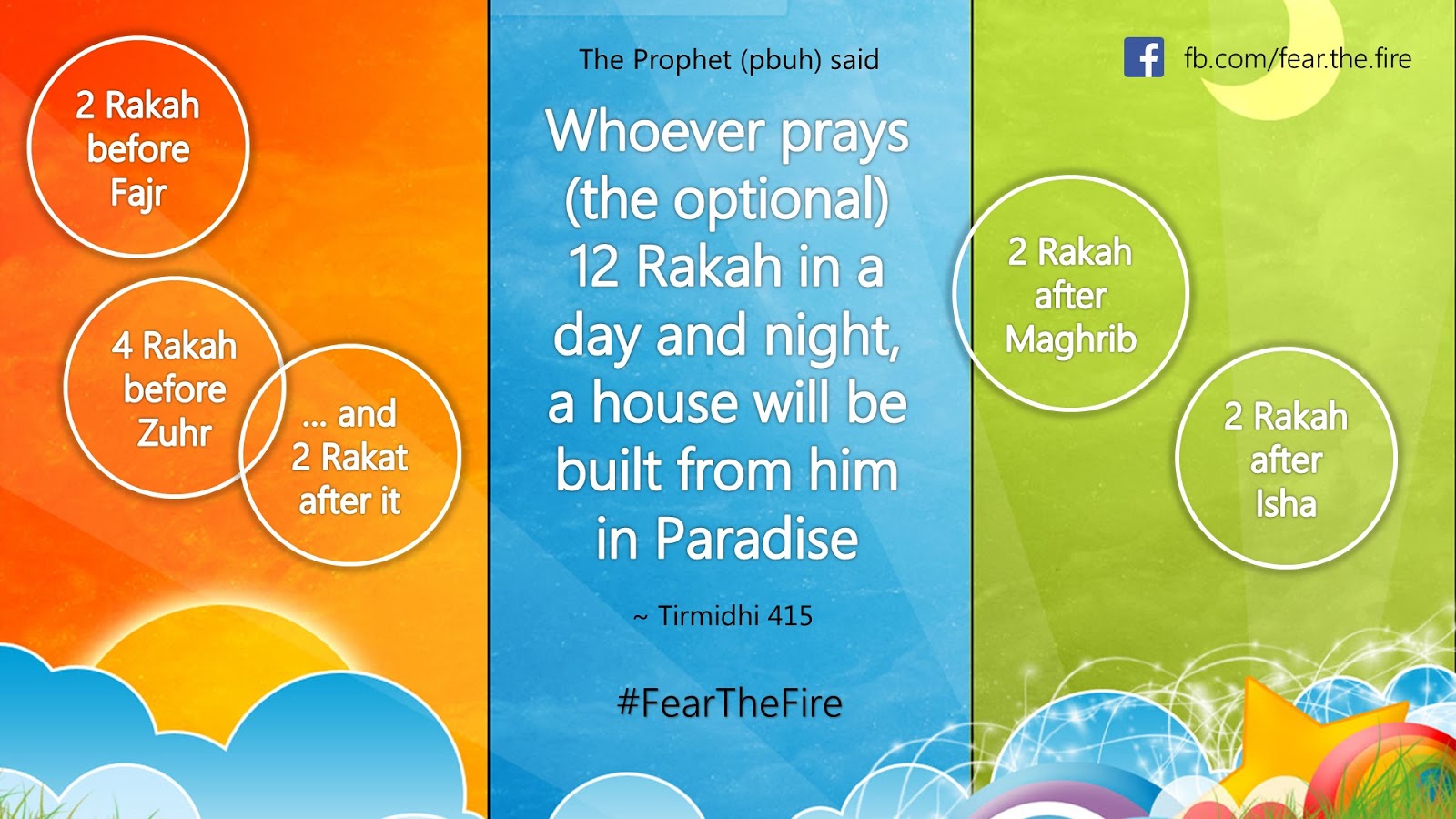This guide provides a clear explanation of Salat al-Fajr, focusing on the number of rakats (units of prayer) and their significance. We’ll cover the obligatory (fard) and recommended (sunnah) components, along with practical tips and answers to common questions.
Understanding the Rakats of Fajr
Fajr, the dawn prayer, is the first of the five daily prayers in Islam. It marks the beginning of the day and holds a special place in a Muslim’s life. A common question, especially for those new to the practice, is how many rakats are in Fajr. Let’s clarify this, along with other essentials.
The Essential Fard Rakats
The core of Fajr consists of two fard (obligatory) rakats. These are the fundamental units of prayer that every Muslim must perform. Think of these two rakats as the foundation of your spiritual day, much like the foundation of a building. Without them, the structure is incomplete.
The Encouraged Sunnah Rakats
Before the fard rakats, Muslims are highly encouraged to perform two sunnah rakats. While not obligatory, these rakats are considered Sunnah Muakkada (confirmed Sunnah), meaning the Prophet Muhammad (PBUH) consistently performed them. They offer significant spiritual reward and are seen as a way to enhance one’s connection with Allah. Think of them as a spiritual “bonus,” adding depth and richness to your prayer experience.
Performing Each Rakat: A Step-by-Step Guide
Whether you’re performing the fard or sunnah rakats, the structure remains the same. Each rakat involves a series of postures and recitations. Here’s a breakdown:
- Niyyah (Intention): Silently declare your intention to perform the prayer. For example, “I intend to pray two rakats of Sunnah Fajr.”
- Takbir (Standing): Begin by standing and saying “Allahu Akbar” (God is greatest) while raising your hands to your ears.
- Qiyam (Recitation): Recite Surah Al-Fatiha (the opening chapter of the Quran), followed by another shorter Surah or a portion of a longer one. This fosters a deeper connection with the Quran’s teachings.
- Ruku (Bowing): Bow with your hands on your knees, glorifying Allah.
- Qiyam (Standing after bowing): Return to a standing position.
- Sujud (Prostration): Prostrate, touching your forehead, nose, hands, knees, and toes to the ground.
- Jalsa (Sitting between prostrations): Briefly sit between the two prostrations.
- Sujud (Second prostration): Prostrate again.
- Tashahhud (Sitting): Sit and recite the Tashahhud, a declaration of faith.
- Salam (Greeting): Conclude the rakat by turning your head to the right and then to the left, saying “Assalamu alaikum wa rahmatullah” (Peace and blessings of Allah be upon you).
Timing and Significance of Fajr
Fajr is performed before sunrise, during the break of dawn. The exact timing varies based on location and time of year. Muslims can use reliable prayer time apps or websites, or consult their local mosque for accurate timings.
Praying Fajr at dawn carries deep spiritual significance. It symbolizes starting the day with intention and connection to the Divine. Some scholars suggest that this time holds particular blessings as it’s a period of tranquility before the world’s activities begin.
Practical Tips for Praying Fajr
Waking up for Fajr can sometimes be challenging. Here are some practical tips:
- Set multiple alarms: This provides backup in case you accidentally sleep through one.
- Prepare your prayer clothes the night before: This streamlines your routine in the morning.
- Make dua (supplication): Ask Allah for assistance in waking up for Fajr.
- Sleep early: Prioritizing sleep makes it easier to rise early.
- Create a peaceful sleep environment: This promotes restful sleep and easier waking.
Common Questions about Fajr
Can I pray only 2 rakats of Fajr?
Yes, praying the two fard rakats fulfills the obligatory requirement. However, praying all four rakats, including the sunnah, is strongly encouraged for maximizing spiritual benefit.
Can you pray Fajr 4 rakats?
Absolutely! The complete Fajr prayer consists of four rakats: two sunnah followed by two fard. While the sunnah are not obligatory, they are highly recommended.
What is a rakat?
A rakat is a single unit of Islamic prayer, a prescribed sequence of postures (standing, bowing, prostrating, sitting) and recitations from the Quran.
The Deeper Meaning: Beyond the Ritual
While understanding the number of rakats is important, it’s equally crucial to appreciate the spiritual depth of Fajr. It’s more than just a ritual; it’s an opportunity to connect with Allah, seek guidance, and set a positive tone for the day. This act of devotion before the day’s demands begin allows for a moment of tranquility and spiritual renewal.
Muslims seeking to understand the number of rakats in Maghrib salah can find a comprehensive guide on how many rakats in maghrib salah. Delve deeper into the specifics of the Maghrib prayer by exploring the precise rakat in maghrib prayer and enrich your understanding of this essential Islamic practice.









